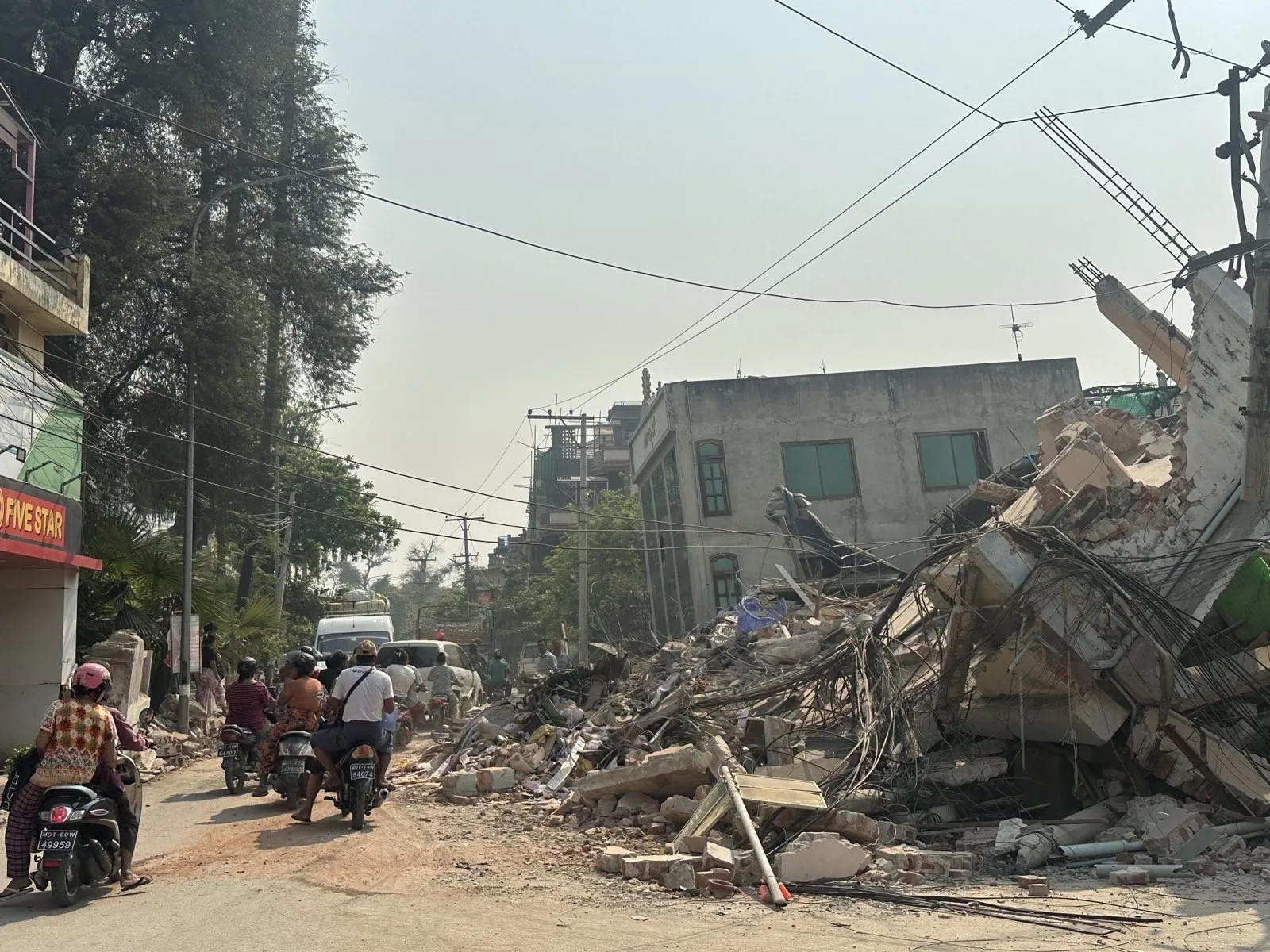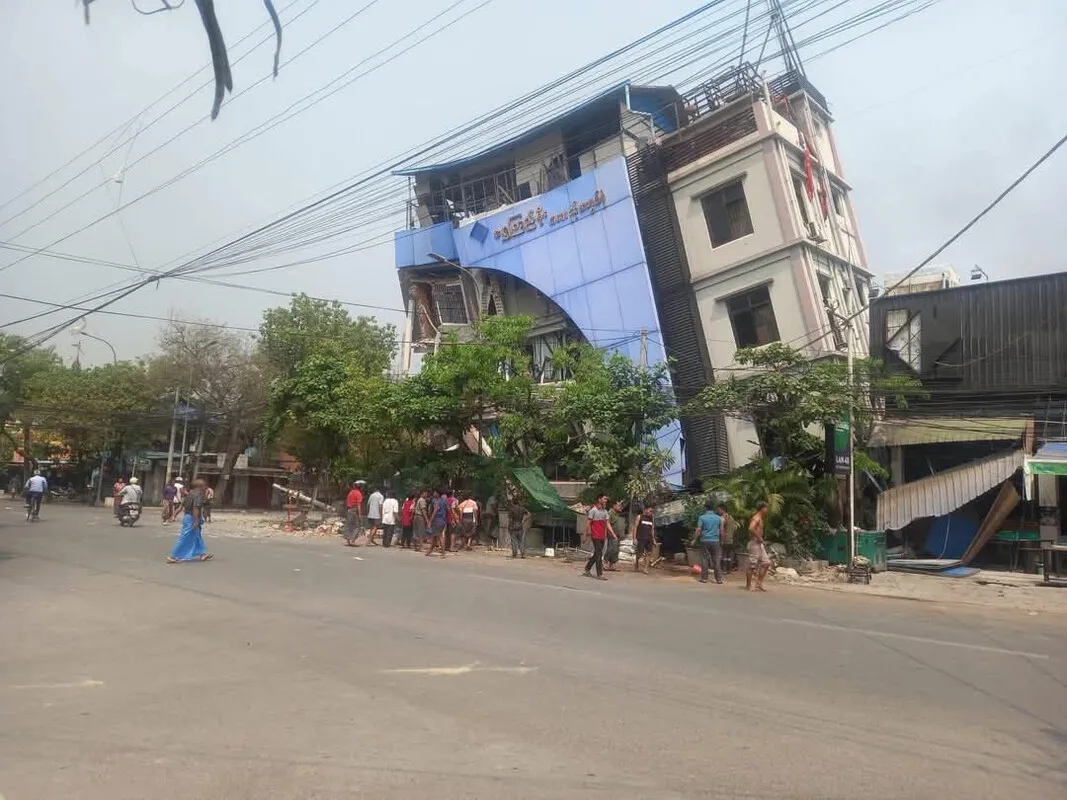Tremors rippled across the country and into neighboring nations. In Thailand’s capital, Bangkok—over 600 miles away—residents felt intense shaking and evacuated high-rise buildings. CARE Thailand’s office was among those affected.
In Myanmar, damage was reported in Mandalay, Sagaing, Yangon, Naypyitaw, Aungban, Nyaung Shwe (Inle), Kyaukse, Magway, and Taunggyi. Buildings collapsed, debris littered streets, and historic landmarks like the Ava Bridge were impacted.
An estimated 6.1 million people live in the affected area.
“This powerful quake struck a country already in crisis, with 19.9 million people in need of humanitarian assistance,” said Arif Noor, CARE Myanmar Country Director.
“The response remains significantly underfunded, and this disaster has only worsened an already fragile situation. CARE and our partners are urgently assessing the damage and preparing to support affected communities.”


